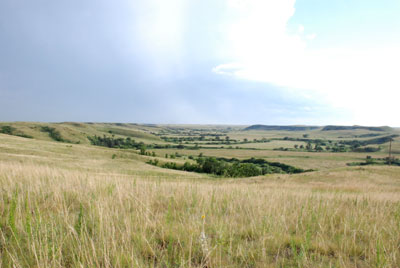Rotational grazing has improved the way in which pastures can be harvested and livestock grown more efficiently.
May 2, 2011

This is the time of year we look forward to all winter. April showers and May flowers means mowing the lawn, a tedious weekly chore that must get done. For those of us with grazing animals, it means the end of feeding hay! You may be dreading the start of lawn-mowing season, but believe me, there are many of us who love to watch the grass grow.
While our short growing season makes tilling the soil and planting our annual crops quite urgent, there is another important crop that sometimes receives less attention than it really deserves. Often taken for granted, pasture is an important agricultural resource that many livestock farmers depend on for summer feed. While many of our larger dairies no longer depend on grazing pasture for a significant part of their feeding program, pastures play a much more important role in raising livestock such as dairy heifers, beef cattle, sheep and goats.
A well-managed pasture can in fact provide excellent feed to growing livestock with little supplementation. But, what is well-managed pasture? Unfortunately, non-tillable, swampy, brushy or rocky fields that are poor in condition or fertility often end up as pasture. While they are probably not suitable for growing other crops, these types of lands also make very poor pastures.
To read the entire article, link here.
You May Also Like



